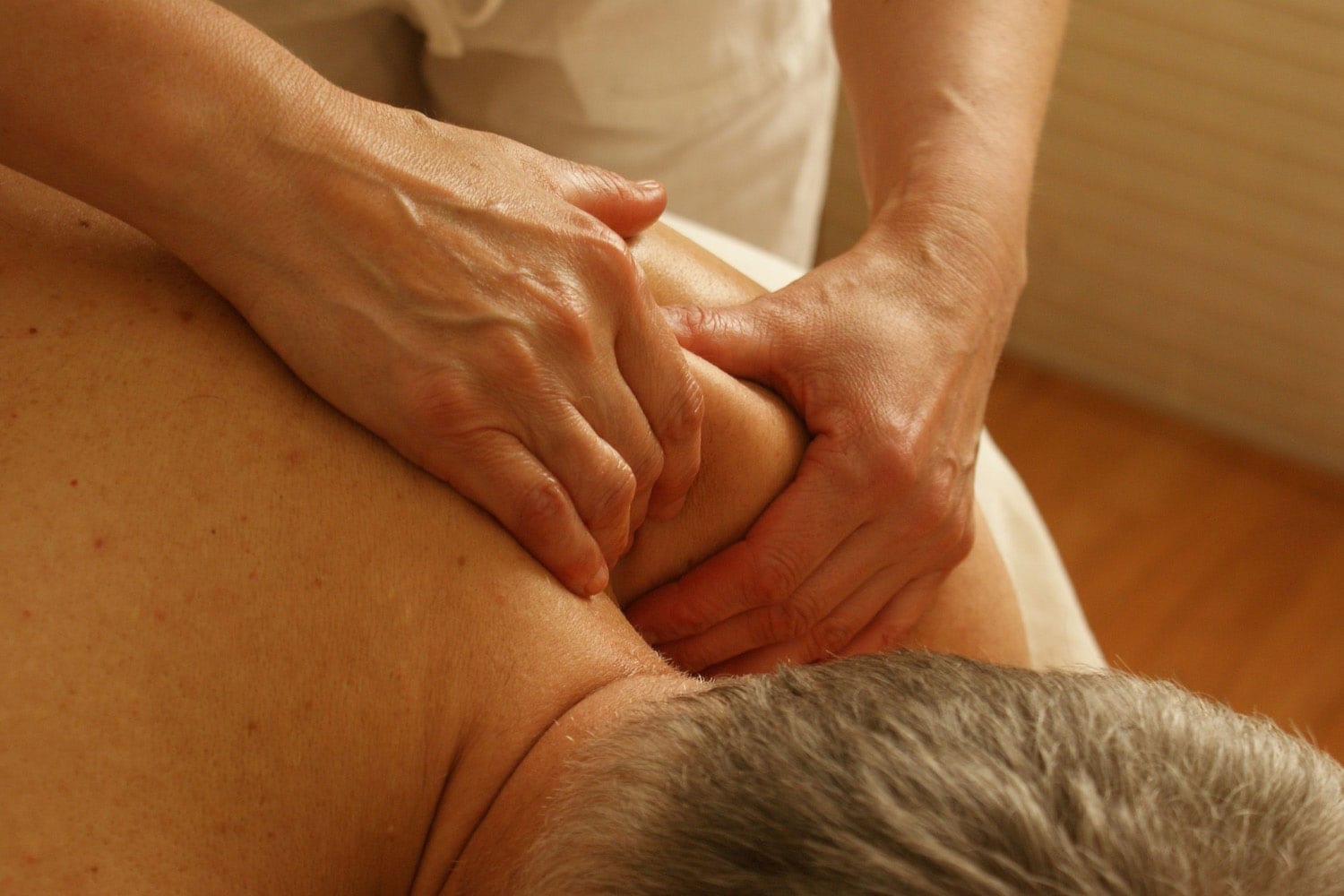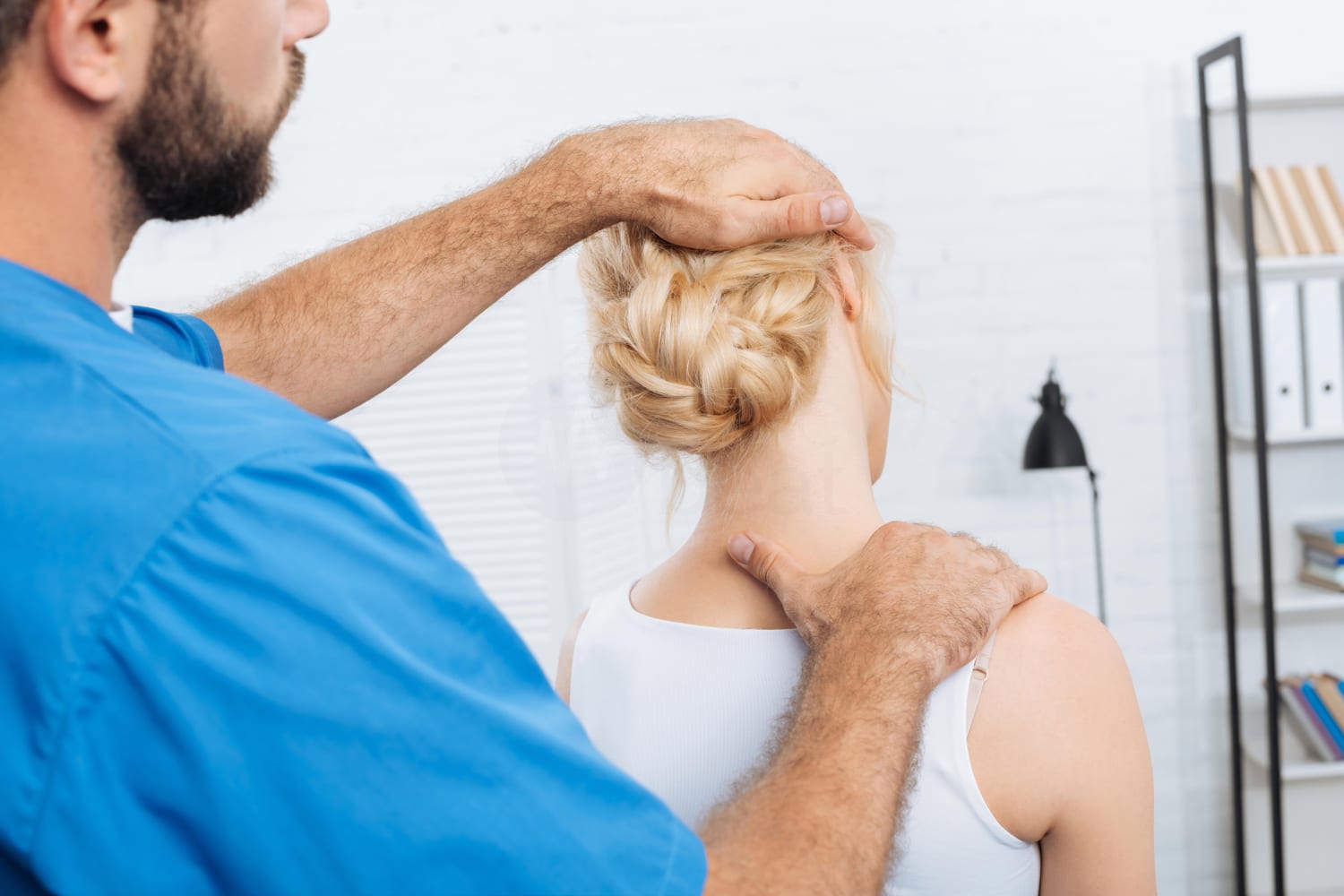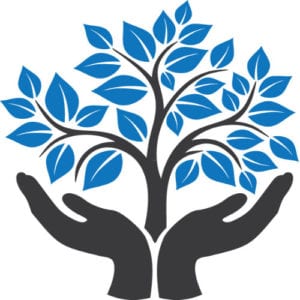Painful shoulder conditions that limit movement are very common, and are caused by injuries affecting the shoulder joint, muscles, tendons, ligaments and cartilage.
It is possible to do more movements with the arm than with any other part of the body. The arm is such a useful tool that it’s a pity that there are only two of them!
The bones that make up the arm include the humerus, in the upper arm, and the two bones of the forearm, the radius and ulna, as well as the little bones of the wrist, hand and fingers. The arm is very special as it enables the hand to get into all sorts of useful positions.
The shoulder joint in particular, being a universal joint, has a huge range of movement. The hand can go above the head, behind the back and even across to scratch behind the other shoulder. The elbow works like a hinge joint allowing the hand to come nearer or go further away from the body. The elbow and wrist combined allow manipulation of the hand through more than 180 degrees i.e. from palm up to palm down, the wrist helps with grip, whilst the joints in the hand, thumb and fingers allow the dexterity of finger movement.
Since the nerves that supply the shoulder and arm originate from the neck and upper spine, conditions such as Vertebral Dysfunction commonly contribute to pain in the shoulder.
Our practitioners can assist with the following shoulder conditions:
- Frozen Shoulder
- Chronic Shoulder Pain and Stiffness
- Shoulder Muscle Spasm and Tension
- Arthritis of the Shoulder
- Diagnosis of Shoulder Pain
- Rotator Cuff Disorders such as tears and strains
- Impingement Syndrome
- AC Joint Injury
In order to determine the cause of your pain, your [site_profession] will conduct a full physical, orthopaedic and neurological examination of the shoulder, cervical and thoracic spine.
You will be asked to perform shoulder range of motion and muscle strength tests. Where the pain is felt, both at rest and during movement of the shoulder, provides important clues as to the cause of the shoulder pain.
Signs of Shoulder Pain may include restriction in the movements of the shoulder, both active (the person doing them themselves) and passive (the joint being moved by someone else).Upward motion is usually less than 100 degrees (ie not far above shoulder level) and the arm cannot be turned outward more than 30 degrees.
It may also be necessary to undergo specialised diagnostic tests such as X-Ray, Ultrasound and/or MRI scans.
Treatment of Shoulder Pain
Regardless of the cause, treatment of the shoulder complex requires an experienced [site_profession] who can test the movements and structures of the shoulder and come to an accurate diagnosis of the problem. [site_discipline] treatment can then focus on the core problem.
The initial objective of all shoulder injuries is to relieve pain and inflammation.
Whilst many doctors will recommend non-steroidal anti-inflammatory drugs (NSAIDs) to relieve pain and swelling, the benefit obtained by applying ice-packs can be equally, if not more beneficial.
As your shoulder begins to heal, it is vitally important to:
- Restore range of movement,
- And later to improve muscle strength so as to stabilise the shoulder and help prevent further injury and aggravation.




















